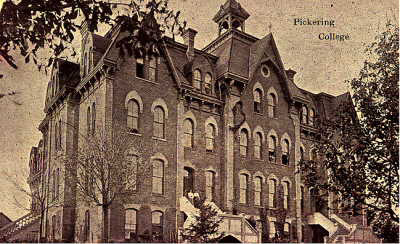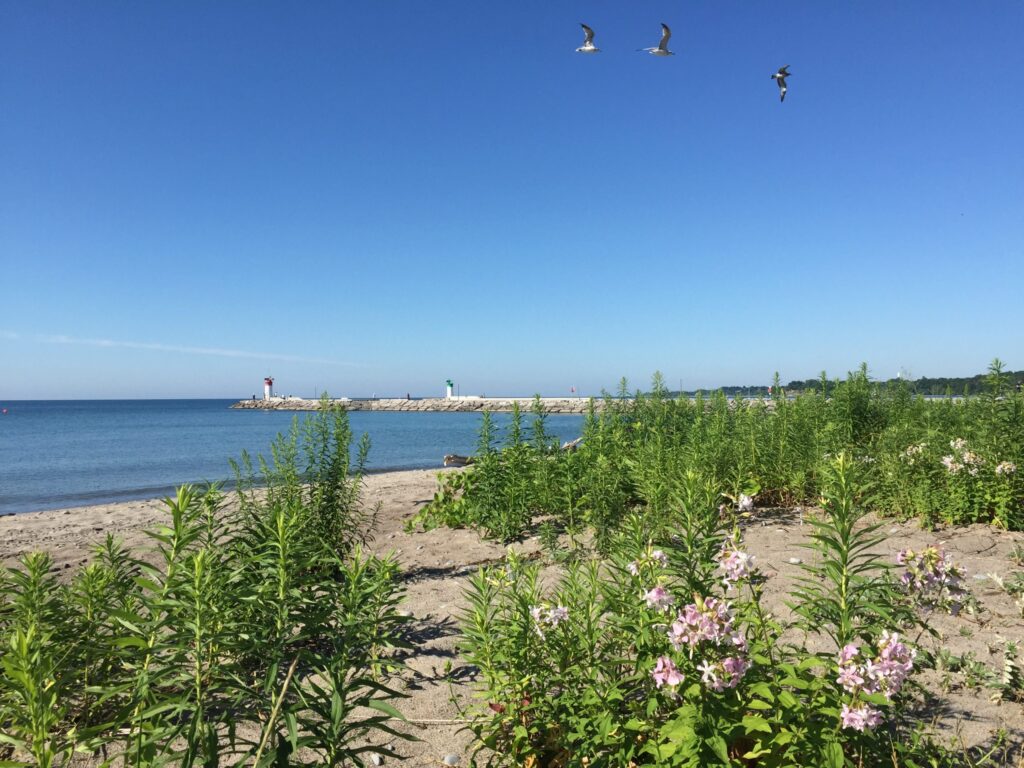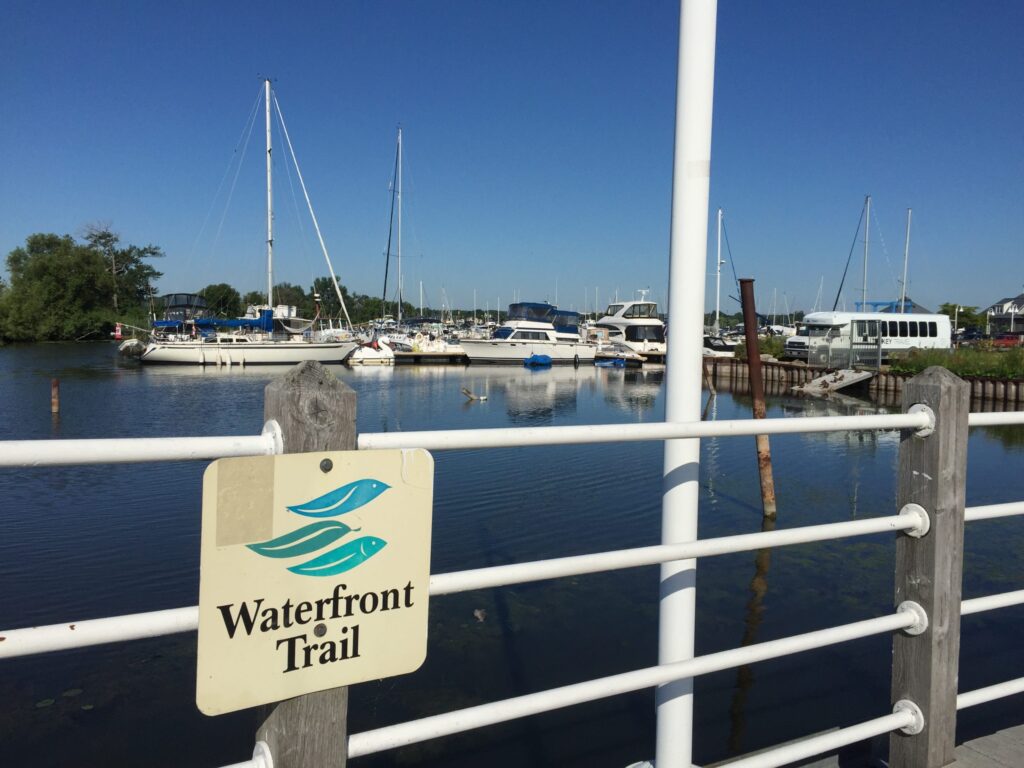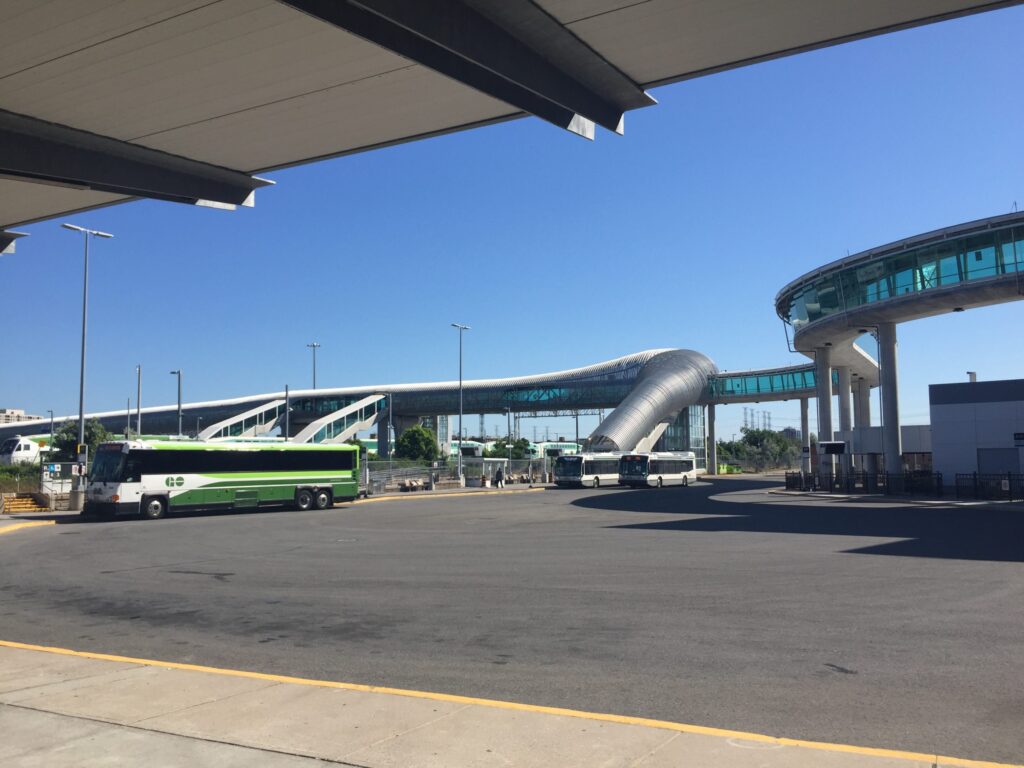Located on the eastern border of the City of Toronto, picturesque Pickering provides residents with the convenience of big city living plus the privacy and access to nature only a suburban population centre can offer.
While Toronto and all of its amenities are just a short trip away, Pickering has its own assortment of pleasant pastimes like peaceful hikes along nature trails and the multitude of leisure and entertainment options on its vibrant waterfront.
The History of Pickering
British colonial settlement began in the Pickering area around 1776. While America had already carved out its seminal presence in the south, Augustus Jones wouldn’t be commissioned to survey the modern-day Durham region until 1791. Employed by the Surveyor General’s Office in Quebec, Jones was a native of Yorkshire who bestowed the name Pickering on the small community of homesteads after the ancient market town of Pickering in North Yorkshire. By 1809, there were 180 people living in the Township of Pickering after Timothy Rogers led a group of Quakers from Vermont to settle in the area.
Eventually a small village began to coalesce from the scattered homesteads on the shores of Lake Ontario. It was situated near a spot known today as Frenchman’s Bay,named after French missionaries that ministered to the native Huron-Wendat people that lived in the region in the mid 1700s. Throughout the early 19th century Pickering’s economy was based around agriculture, however the picturesque waterfront began to attract tourists. Industrialisation also began in this period with the construction of a wharf, lighthouse, and grain elevator at Frenchman’s Bay.

The search for work or leisure brought people to the area and the population began to grow steadily. In 1825 there were three sawmills where logs, hewn from the heavily wooded sectors north of Frenchman’s Bay, were processed for the shipbuilding industry that had developed on the lakefront. Much of Durham Region was emerging as logging country at the time and Pickering shared this profitable industry with other towns like Whitchurch-Stouffville.
Pickering remained a small rural town until after the Second World War, although industry did wane during those years. Like many of Toronto’s surrounding communities, it experienced a tremendous boom in its population in the post war years. The number of homes quadrupled in the 1960s as people flocked to the attractive and well-planned developments in the city.
With this influx of citizens, the economy of the town moved even farther away from its agricultural roots. Manufacturing companies followed the large numbers of people moving into the area, attracted to Pickering because of its access to the rail system and Highway 401. In 1965, Ontario Power Generation brought a new addition to Frenchman’s Bay: the Pickering Nuclear Generating Station. Ontario Power Generation became one of the most important employers in the city whose population has skyrocketed to 91,000 people and is projected to surpass 100,000 within a decade.

Overview of Pickering
Situated on the eastern edge of Metropolitan Toronto in the south-western corner of Durham Region, Pickering is a lakefront city that provides its residents quick and convenient access to Toronto and its world-class amenities but also offers hundreds of acres of parks, conservation areas, and greenspaces that afford its residents many opportunities for leisure, recreation, and a rich family life.
Pickering is a welcoming, safe community with the highest diversity rate in Durham Region. The city has a healthy economy with new residents and businesses from all over the world being drawn by the excellent value of property and quality of life in the city.
With direct access to major highways and rail systems and an educated and skilled labour force (the majority of residents have completed highschool and more than 30% have a university degree), Pickering is an excellent place to do business or find work. Ranging from serene rural living in the north to to the modern city with a scenic and historical waterfront in the south, Pickering offers a great deal to people looking for a place to live and work.
Real Estate in Pickering
Pickering’s housing market is mostly centered on single family detached homes, which make up more than 50% of the houses in the city. The houses are very spacious, with more than 44% of them having at least 4 bedrooms or more. Ample space and privacy are a welcome change for many residents moving from Toronto. It’s an especially attractive proposition for families. Pickering homes were mostly built between 1961 and 2000, with the bulk of them being built between 1981-1990.
The residential neighbourhoods in Pickering are all within a ten minute drive to highway 401 or the Pickering GO terminal. Located even closer to the highway are higher density residence choices such as row houses and condominiums.
If you are interested in getting more information about Pickering real estate, contact one of our representatives for expert advice, or review real estate listings & homes for sale in Pickering.
Pickering Shopping
The suburban nature of Pickering lends itself nicely to shopping malls and big box stores, which are the most abundant retail options in the city. However, Pickering also features local, boutique style shopping in the Nautical Village.

With over one hundred and fifty stores, the Pickering Town Center has something for everyone – especially those looking for a self-contained day out. The indoor mall is expansive and located close to Highway 401, making it convenient for commuters. It’s modern aesthetic is matched by unbridled accessibility for those who require mobility accommodations.
Located nearby, SmartCenters Pickering provides the city with a large array of big box stores and serves as the typical “Strip Mall” for the area.
South of the 401 on the edge of Frenchman’s Bay, the quaint shops, businesses, and restaurants that make up Pickering Nautical Village await shoppers who are looking for locally-owned boutique shops. Its scenic location adds to the exciting and vibrant lakefront ambiance. Nautical Village offers a more bespoke, bohemian shopping experience and serves as the perfect launching point for a day by the water.
If you are looking for a unique second-hand find or something from a local business, the Pickering Markets are the perfect spot to shop. Over a hundred vendors offer an expansive variety of goods, services, and food, including new and used items.
Recreation in Pickering
There is no shortage of recreation and leisure activities in Pickering. Hiking, water sports, boating, and golfing are all available within the city limits. Pickering’s waterfront is especially packed with recreational opportunities. As one of the few GTA communities on the waterfront, there’s no shortage of beach-goers or water sport enthusiasts taking advantage of world-class fresh-water sailing, kite surfing, or just stand-up paddle boarding.

The City of Pickering operates the Chestnut Hills Development Recreation Complex, which is a large facility located in central Pickering. It features a fully equipped gym with a staff that can provide personal training and fitness classes. It also features an 8 lane 25-metre pool, a skating rink, along with courts for racquet sports, such as tennis, squash, and racquetball.
Owing to the large amount of greenspace in Pickering, hiking enthusiasts, joggers, and cyclists have an expansive array of choices when it comes to trails. Among them are:
- The Seaton Trail provides a green zone with many hiking or cycling opportunities to the north of Pickering.
- Altona Forest — 53 hectares of forest with a multitude of trails
- A Gorgeous waterfront trail that offers a wide variety of activities and attractions. The trail circles Frenchman’s Bay, granting access to beaches, boardwalks, and the Marina.
- Rouge Park Valley — At 2,000 acres, this huge urban park is one of the biggest in North America. The urban park project has its own programming for those who would prefer to explore with some guidance.


Similarly, those looking for a leisurely and informative walk could pay Pickering Museum Village a visit. A living history museum that allows visitors to walk through historic buildings from Pickering’s past. The museum is full of information about the development of Pickering from 1810 to 1920 and an essential destination for any lover of early Canadian history.
Pickering Schools
Pickering is serviced by the Durham District School Board, which has 15 elementary schools and 2 high schools. The schools are conveniently located throughout the city, so students rarely face significant commutes. The French immersion program is available at Sir John A. MacDonald Public School and Pickering High School.
Additionally, Pickering is also serviced by the Durham Catholic District School Board. The catholic school board operates 6 schools in Pickering, 5 elementary schools and 1 high school, spread out in the city.
In addition to public education, Pickering has private schools like those of the Montessori variety for parents seeking alternative educations for their children.
Getting Around in Pickering
Public Transportation in Pickering
Pickering is serviced by Durham Region Transit, which provides the city with a public transportation system that facilitates easy movement between all of the major communities which comprise Durham Region (Ajax, Brock, Clarington, Oshawa, Scugog, Uxbridge, Whitby). Durham Region Transit is highly integrated with surrounding transportation systems. A rider can connect with the TTC, YRT, GO Transit, Orillia Transit, and Lindsay Transit with ease. Connections to inter-city coach bus services are available at Whitby GO Station and VIA Rail at Oshawa.


Getting Around Pickering by Car
The most important freeway in Ontario and the Province’s backbone highway, Ontario Highway 401, passes right through the centre of Pickering. The majority of the city has been developed within a ten minute drive of the 8 lane highway. The Don Valley Parkway and Highway 404 are only a 20 minute drive on the 401 from the centre of Pickering, granting commuters access to downtown Toronto and York Region, respectively. On the east side of Pickering, Highway 412 connects the 407 toll highway which runs along the north edge of Pickering to the 401.
Rail Transportation in Pickering
Pickering GO Station is located adjacent to Highway 401 and provides a direct rail link with Union Station. From there, a traveler can link with VIA Rail to ride trains anywhere in the Windsor-Quebec City corridor, or take the UP Express to Pearson International Airport. Alternatively, a rider could transfer from the GO Train at Oshawa to the VIA system.
The plethora of transit options combined with the relative affordability of land in Pickering, have made the city attractive for businesses. With those businesses came the workers and ancillary industries which provide the amenities to residents . This influx of industry has brought jobs to Pickering and that number is projected to climb, giving manyPickering residents the option to avoid the commute to Toronto, if they so choose.
Questions About Pickering or Pickering Real Estate?
If you’re interested in buying or selling real estate in Pickering or Durham Region or you simply want to learn more about property in the area, feel free to contact Frank Leo & Associates.
One of our qualified team members would be more than happy to help lend professional real estate advice whether you’re buying or selling in the GTA.